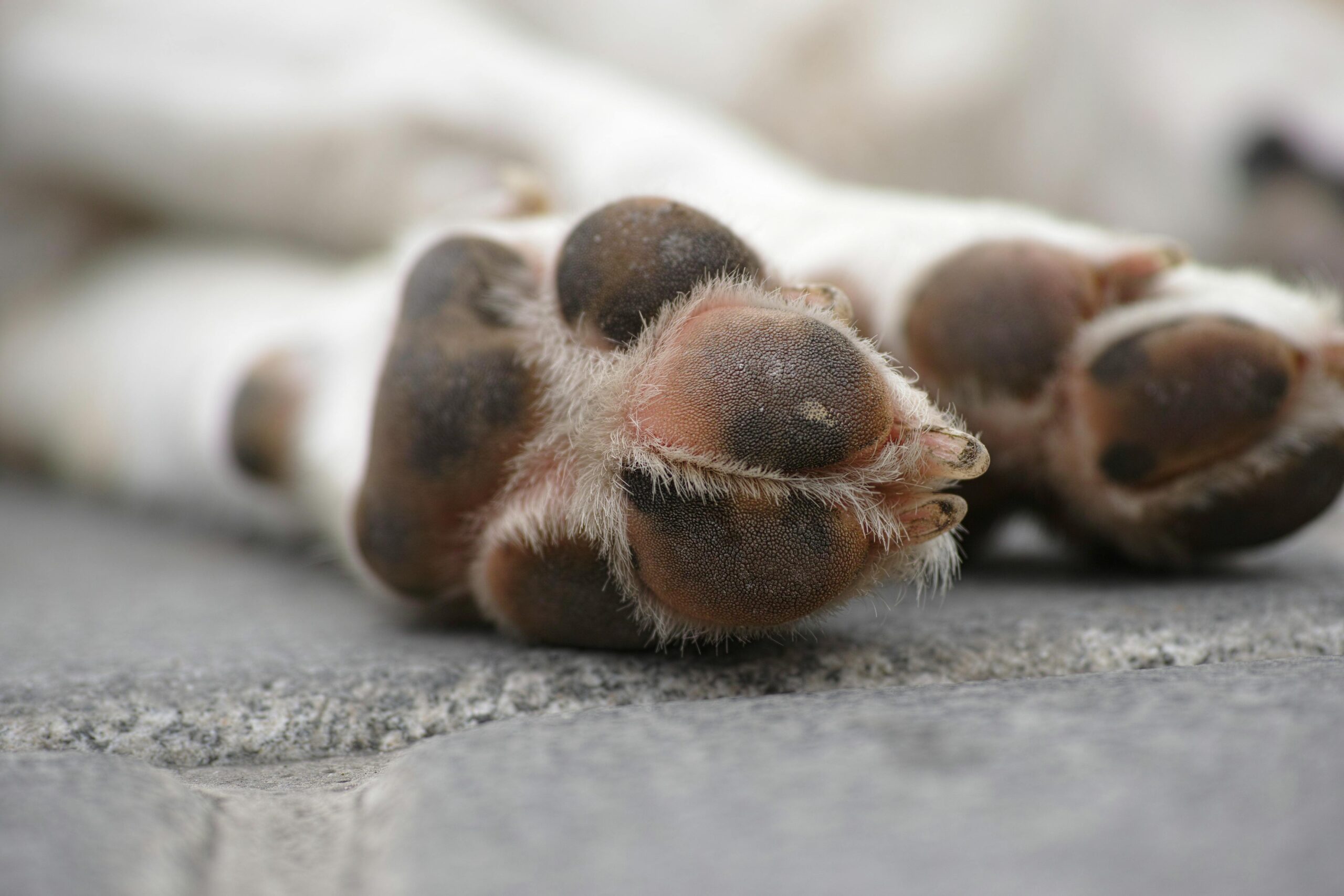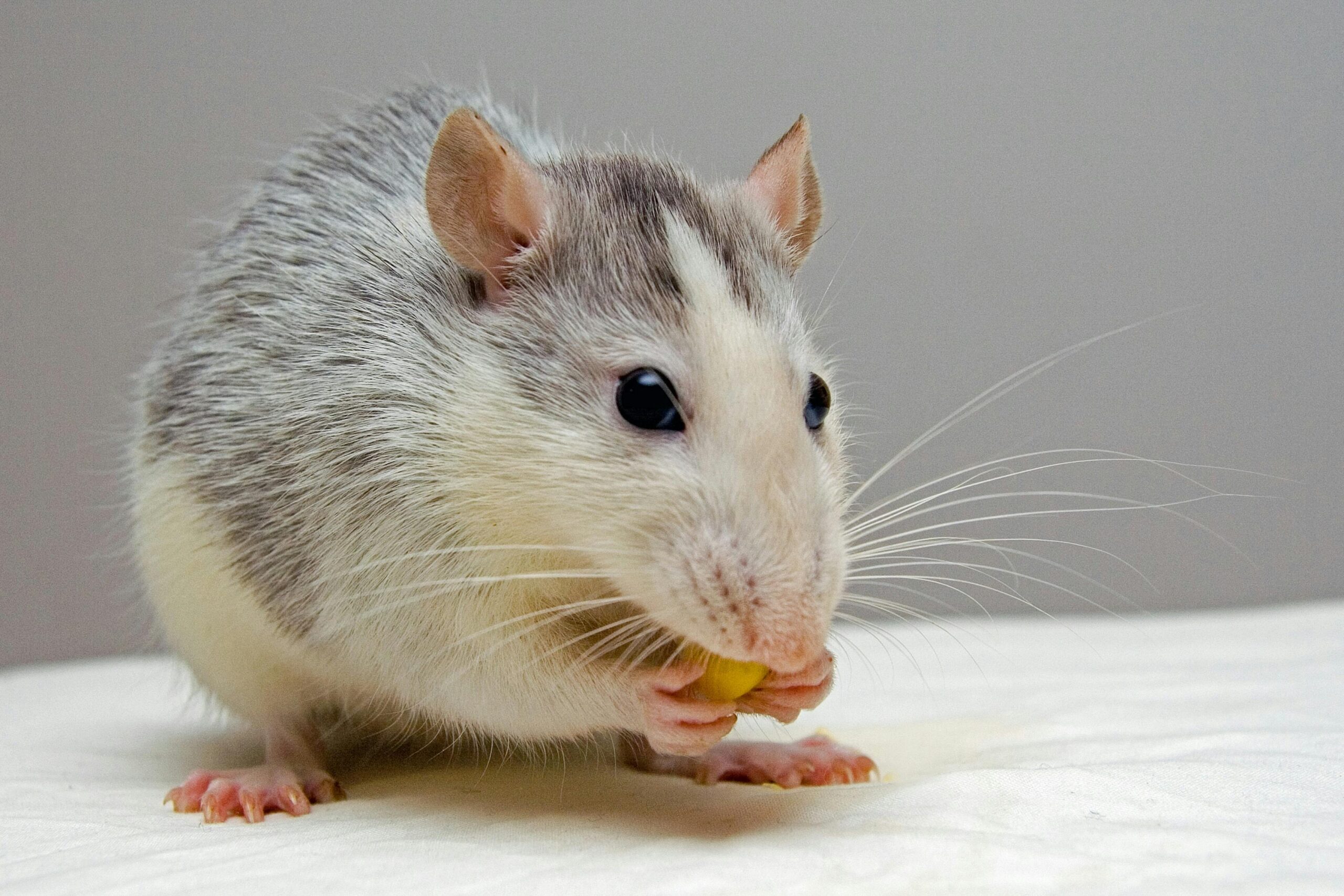(image credit: by Engin Akyurt)
Just like humans, dogs can show a preference for their left or right paw. Known as lateralization, this trait can reveal more than just physical preference—it might even offer insight into your dog’s personality and emotional responses.
Left Paw? Right Paw? Dogs Have a Dominant Side Too!
You’ve probably heard that most humans are right-handed—but did you know that dogs can be “right-pawed” or “left-pawed” too? This phenomenon, called lateralization, is an animal’s natural tendency to favor one side of the body over the other, and it’s not just for show—it could be a window into your dog’s personality.
Testing this at home is super simple. Try giving your dog a toy, treat-filled puzzle, or a Kong, and observe which paw they use first (and most often) to stabilize it. Do they swat with their left or brace with their right? Keep a tally over 10–20 attempts to spot a clear pattern.
What Science Says: Paw Preference & Brain Function
Studies conducted by animal behaviorists, including those published in journals like Animal Behaviour, have found that dogs show consistent paw preference, with many being right-pawed, some left-pawed, and others ambilateral (no strong preference).
But it gets more interesting—paw dominance is linked to brain hemisphere activity. A dog that favors its right paw likely has a dominant left brain, which is associated with logical thinking and confidence. On the flip side, left-pawed dogs show more right-brain activity, which correlates with emotional sensitivity and sometimes more cautious behavior.
In fact, left-pawed dogs may show stronger reactions to loud noises or stressful situations, making this an important insight for owners managing anxiety in their pets.
Why It Matters for Pet Owners
Knowing your dog’s paw preference isn’t just a fun trick—it can help you better understand how your pup perceives and responds to the world.
Right-pawed dogs tend to be more outgoing, social, and easier to train.
Left-pawed dogs may be more wary of new situations but show strong loyalty and depth of emotional connection.
Ambilateral dogs could be adaptable and flexible in various settings.
This insight can help you tailor your training style, choose the right activities, or even prepare them for therapy dog roles or agility sports.
ry It Yourself: Fun Pawedness Test
Place a treat under a couch cushion or inside a Kong toy.
Watch which paw your dog uses first to try and reach or stabilize the object.
Repeat 10–20 times over a few days.
Record your results—do they consistently favor one paw?


